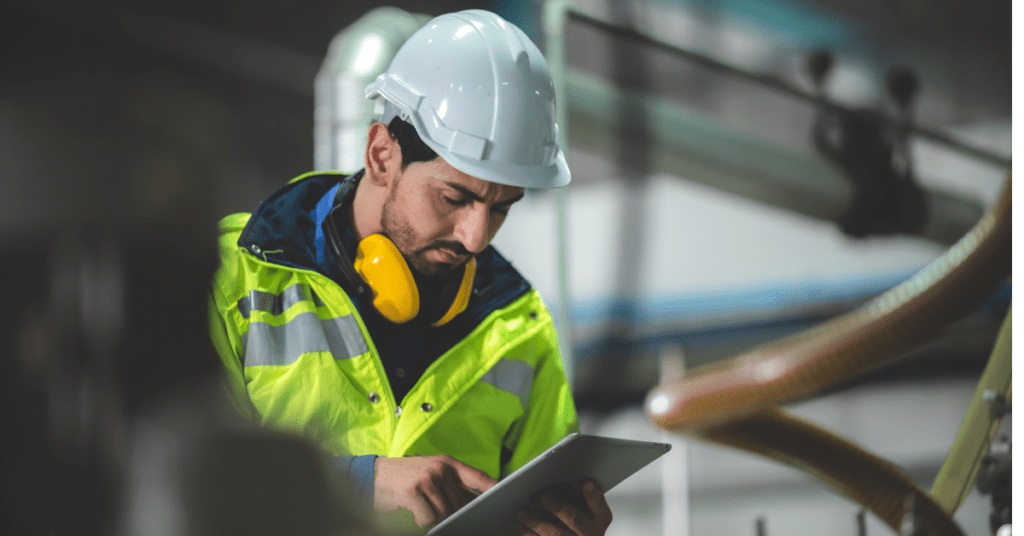Ensuring Safety on the Job: Crafting a Robust Construction Safety Plan

In the bustling world of construction, ensuring the safety of every worker on site is paramount. This is where a comprehensive Construction Safety Plan comes into play. A well-structured plan not only mitigates risks but also fosters a culture of safety that can save lives and prevent injuries. By integrating a variety of safety protocols, from the passive to the proactive, construction managers can create a safer working environment.
What is a Construction Safety Plan?
A Construction Safety Plan is a detailed document that outlines the procedures, policies, and measures to be implemented to ensure the safety of workers on a construction site. It covers everything from emergency procedures to daily safety practices, aiming to reduce the risk of accidents and injuries.
The Importance of a Construction Management Plan
First and foremost, a Construction Management Plan (CMP) is crucial for any construction project. It provides a structured approach to managing all aspects of construction, including safety. The CMP ensures that safety measures are integrated into every phase of the project, from planning to completion. As a result, the construction process becomes more efficient and safe.
Key Components of a Construction Safety Plan
- Risk Assessment and Hazard IdentificationInitially, identifying potential hazards is critical. This includes assessing risks associated with the construction site, materials, equipment, and tasks. By doing so, specific measures can be tailored to address these risks effectively.
- Safety Training and EducationEqually important, ongoing training ensures that all workers are aware of the safety protocols. Regular safety drills and educational sessions help in reinforcing the importance of adhering to safety guidelines.
- Personal Protective Equipment (PPE)Without a doubt, providing appropriate PPE is essential. This includes helmets, gloves, safety glasses, and high-visibility clothing. Ensuring that workers are equipped with the necessary protective gear significantly reduces the risk of injury.
- Emergency Procedures and PreparednessAdditionally, having clear emergency procedures is vital. Workers should know what to do in case of an emergency, such as a fire or an accident. Regular drills help in preparing for such situations, ensuring a quick and effective response.
- Continuous Monitoring and ImprovementTo maintain a high standard of safety, continuous monitoring and regular audits are necessary. This helps in identifying any lapses in safety protocols and allows for timely improvements.
Incorporating Passive Safety Measures
Passive safety measures, such as signage and barriers, play a crucial role in a Construction Safety Plan. These measures do not require active participation but significantly enhance safety. For instance, clearly marked hazard areas and warning signs alert workers to potential dangers, thereby preventing accidents.
Conclusion
In conclusion, a well-crafted Construction Safety Plan is indispensable for ensuring the safety of workers on a construction site. By combining passive and active safety measures, and integrating them into a comprehensive Construction Management Plan, construction managers can create a safe and productive working environment. Moreover, the continuous improvement and adaptation of these safety protocols are key to maintaining high safety standards. Ultimately, the goal is to ensure that every worker returns home safely at the end of the day, which is the true measure of success in any construction project.



Leave a Reply